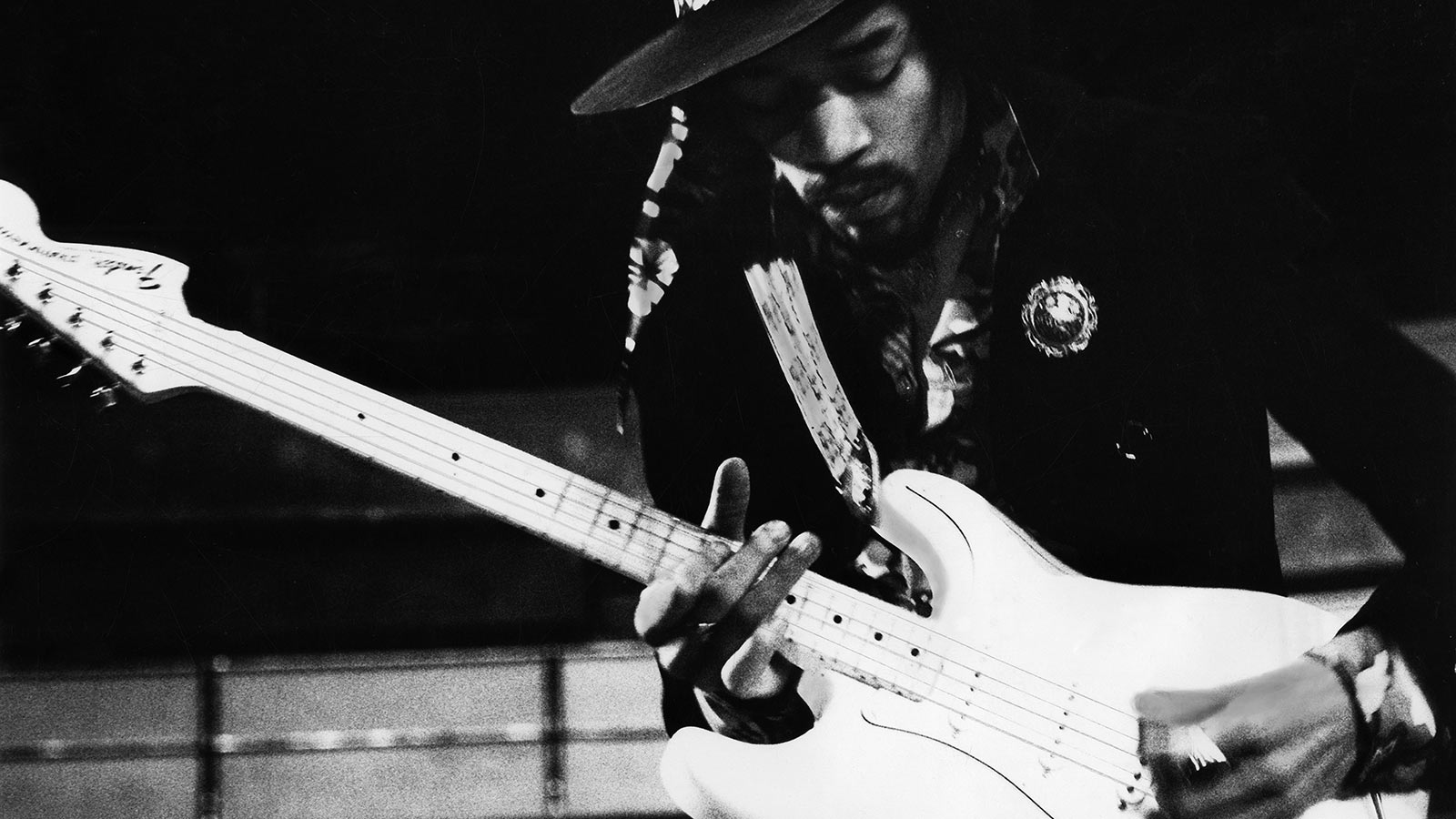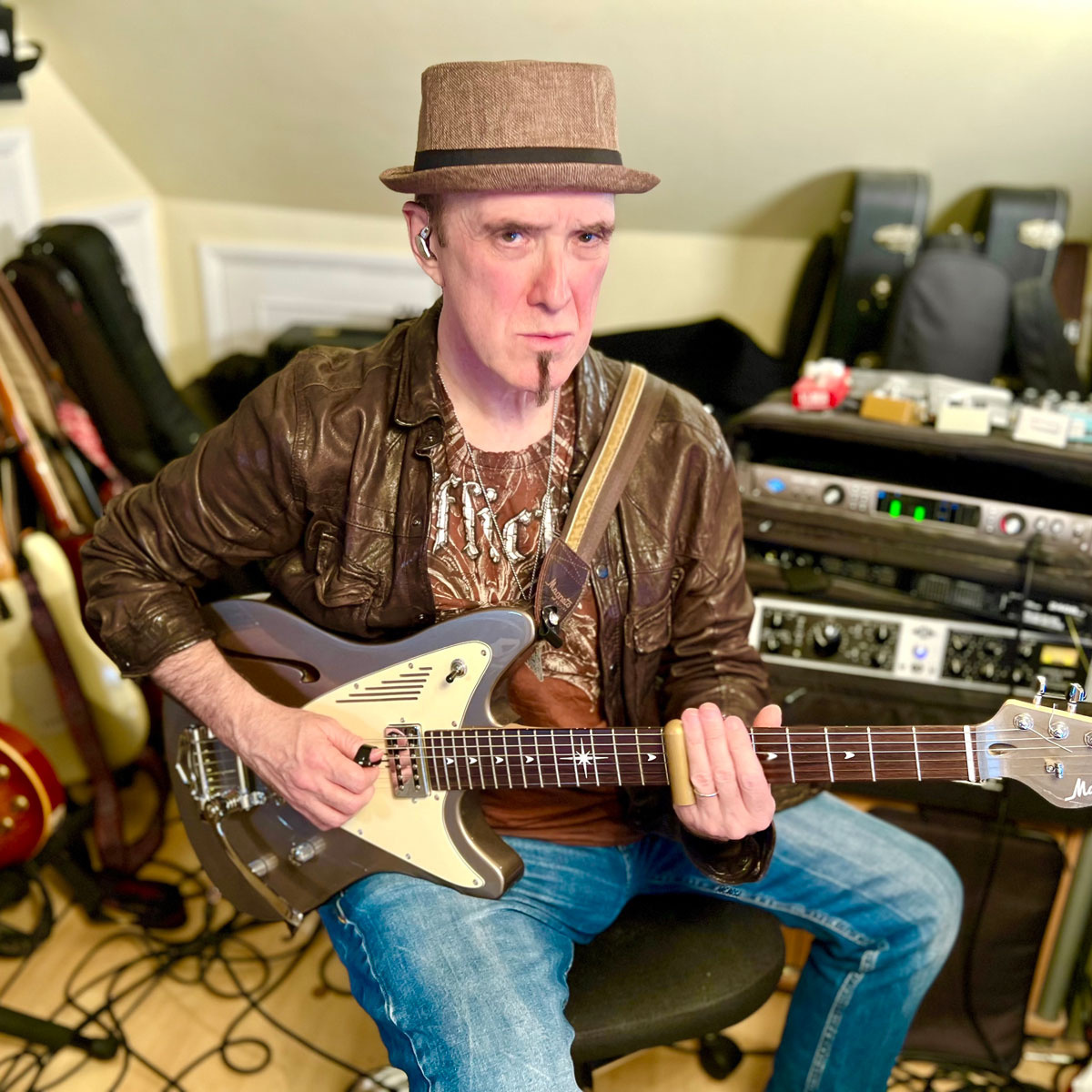How to play more musical string bends
Don't just hold and hope. By targeting chord tones and extensions, your string bends will make more harmonic sense and become an integral part of the song

This month we’re looking at string bending. One trap that less experienced players sometimes fall into is playing bends into and out of notes that don’t make harmonic sense.
The great players know which are the good notes to start and end bends on. This goes for masters from BB King (who used some wild bends but always sounded great!) to Jeff Beck and Steve Vai.
Many players look to classic blues and blues rock players as the basis of their bending approach and this is probably a good idea. The great blues players all have a deliberate vibrato which brings an extra spark to their bends.
Although we’re not going to make a study of it in this lesson, I suggest that whenever you practice any bend you should play the fretted note before attempting the bent note to get the target pitch in your ears before you go for it. If you’re jumping from one type of guitar to another, sometimes it takes a minute to recalibrate how much pressure to apply to the bends to get them in tune.
Say you’re bending up a tone. Try nailing the bend but use a metronome set pretty slowly. Bend up and release at the same speed. Start with two beats on each note. When you’re comfortable with that, try a pre-bend. This is where you bend the string but don’t sound the bend – the string is bent before you pick the string. This might take a little longer to get in tune.
Do the same thing for semitone, Minor and Major 3rd bends. Don’t forget to support the finger you bend with by using the other fingers. For instance, if you’re bending with the third finger, also put the first and second fingers on the same string on a one-finger-per-fret basis.
In this lesson, I definitely had Jimi Hendrix in mind as an influence. There are quite a few instances where I used a bend from the 4th to the #4 (or b5), as Jimi did on Who Knows, from Band Of Gypsys.
In this lesson, I deliberately target the chord tones and extensions to make the bends very defined harmonically. This is a little different to the approach where we stick to the bends we learned early on.
For instance, bending to the b7th from the Major 6th immediately sounds more advanced than the basic bends used in Pentatonic style playing. It’s not a huge shift but can open up many more possibilities for legato phrasing.
Some of the later examples feature Minor 3rd bends. These are a huge part of blues phrasing and can be heard in classic solos by the likes of Peter Frampton, Joe Walsh, Don Felder, and of course Hendrix.
Get the tone
Amp settings: Gain 4, Bass 6, Middle 4, Treble 5, Reverb 4
Any good guitar sound will work well for this lesson. But as we so often say, don’t overdo the effects or distortion as this may serve to mask your playing, and in particular how accurate or otherwise your string bends are.
Example 1: Bending to chord tones
Each bar in this example shows a bend to a different chord tone of C7 – root, b7th, 5th and 3rd, played as licks to give a bluesy context to the bends.
Example 2: Mixing chord tones and blues scale
In this example, I’m starting to use the notes of the Blues scale as well as targeting the chord tones of C7. This is why there are F# notes (consider them as Gb notes too; the b5) here.
Example 3: Matt meets Jimi
I was thinking of Matt Schofield and Jimi with this line. Bar 2 is a nice modern blues set piece. The end of bar 2 is my nod to Jimi.
Example 4: Small to large bends
We’re mixing Blues and Mixolydian here. The bend from Minor to Major 3rd is tricky, but stick with it. Watch out in particular for the high Major 3rd bends in bar 4!
Example 5: Pre-bends
This idea targets mostly the chord tones of Gm7. For the pre-bend in bar 3 (C up to Db), aim to make the pre-bend silent, so you only hear the target note.
Example 6: Multi-note bends
We start with a bend from the Minor 3rd to Major 3rd on the fifth string. In bar 3, F is bent up to G and released down a semitone before releasing again back to F.
Get The Pick Newsletter
All the latest guitar news, interviews, lessons, reviews, deals and more, direct to your inbox!
A professional guitarist for many years, Andy G Jones has played with Van Morrison, James Ingram, Lamont Dozier, Queen (Brian May and Roger Taylor), Robben Ford, Billy Cobham, John Illsley (Dire Straits), KT Tunstall, Albert Lee (featured on Andy's upcoming CD), Mike Finnigan, Dave Landreth and Ryan Voth from The Bros. Landreth, Malford Milligan, The BBC Radio Big Band, Patti Austin, Hamish Stuart (Average White Band), Lalo Schifrin (Hollywood film composer Bullitt, Mission Impossible), Hank Marvin, James Dean Bradfield (the Manic Street Preachers), Grady Tate, Agnetha from ABBA, Cliff Richard, Dudley Moore, Nathan James (Inglorious), Joey Tempest (Europe) and Kelsey Grammar.











